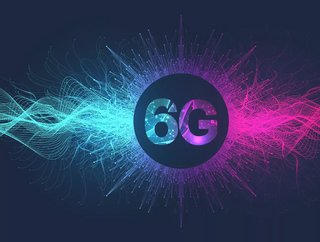
The focus of mobile networks changes with every generation of communications technology. For example, the 2G and 3G eras centered on human-to-human communication through voice and text. 4G heralded a fundamental shift to the massive consumption of data, while the 5G era has turned its focus on connecting the Internet of Things (IoT) and industrial automation systems.
In the 6G era, the digital, physical and human world will seamlessly fuse to trigger extrasensory experiences. Intelligent knowledge systems will be combined with robust computation capabilities to make humans endlessly more efficient and redefine how we live, work and take care of the planet. Even though there is still a lot of innovation in 5G with the 5G-Advanced release of new standards, Nokia Bell Labs has already begun the research work on 6G to make it commercially available by 2030.
“The role of next-generation networks is the unification of our experience across the physical, digital and human world,” says Harish Viswanathan, Head of Radio Systems Research at Nokia Bell Labs.
“Just as the applications of today are built on the foundation of multimedia, we envision future applications to use digital worlds as the framework. Dynamic digital twin worlds would be accurate, high-resolution representations of the physical world and/or representations of virtual worlds,” he added.
How will the 6G era benefit us?
“Literally, every single improvement in network connectivity that 5G will bring to the end-user will get further perfected with 6G. Whether it’s smart cities, farms or factories, and robotics, 6G will take it to the next level. Much of that will be facilitated by 5G-Advanced, the next standard enhancements for 5G. It comes with improved efficiency and extended capabilities and improved user experience,” Nokia said.
Each generation of mobile network optimises the use cases of the previous generation and introduces new ones. This will continue to be the case. 6G will build on top of 5G in terms of many of the technological and use case aspects, driving their adoption at scale through optimization and cost-reduction.
At the same time, 6G will enable new use cases. We will connect the physical world to our own human world, thanks to the massive scale deployment of sensors and artificial intelligence and machine learning (AI/ML) with digital twin models and real-time synchronous updates. These digital twin models are crucial because they allow us to analyse what's happening in the physical world, simulate possible outcomes, anticipate needs, and then take productive actions back into the physical world.
The 6G Network
6G will call for a change in the way communication networks are designed. Multiple key requirements must be reconciled: serve the massively growing traffic and the exploding numbers of devices and markets, while also accomplishing the highest possible standards regarding performance, energy efficiency, and strong security, enabling sustainable growth in a trustworthy way.
“We’ve identified research vectors that will cause disruption for 6G, but each one of these areas will already have early precursors in 5G-Advanced, and there will be important evolutions that we can ride on in terms of network waves,” says Peter Vetter, President of Bell Labs Core Research, Nokia.






